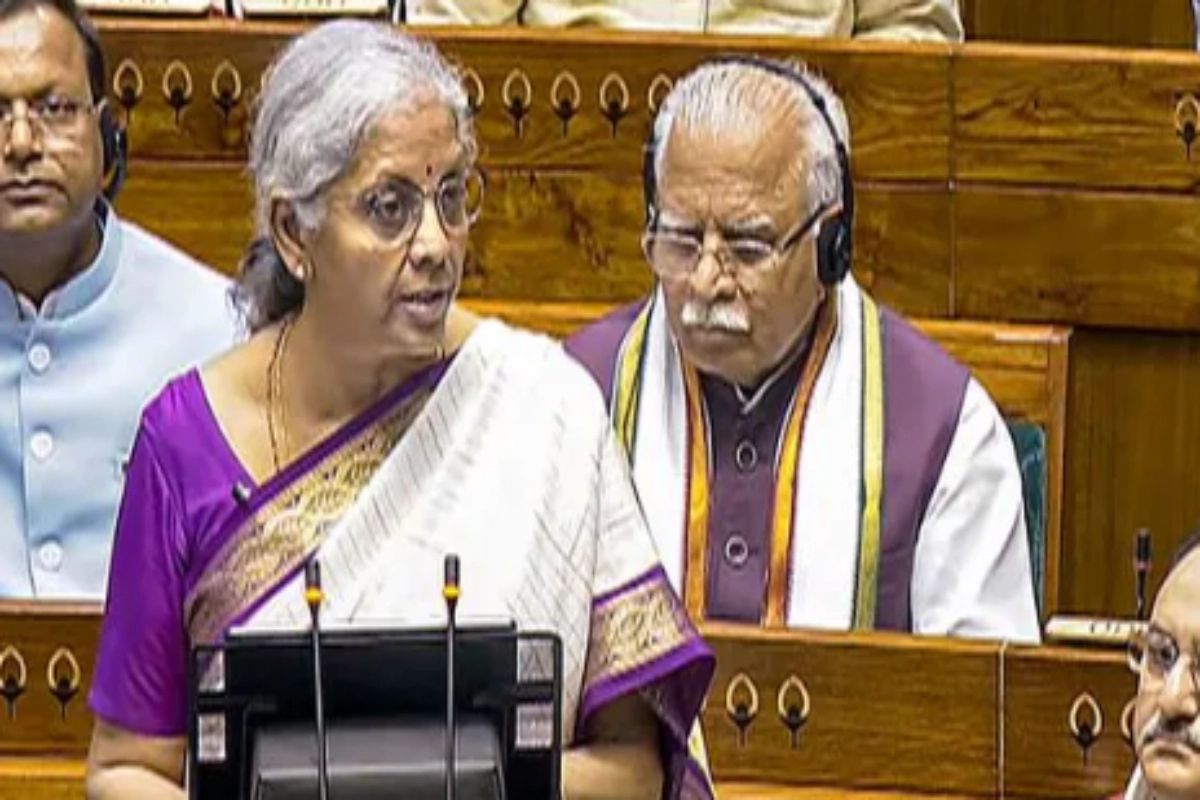Budget 2024: It was the seventh successive budget that Nirmala Sitharaman, Minister of Finance, introduced on July 23, 2024, breaking the record of former Prime Minister Morarji Desai. This becomes the first Budget by the BJP-led NDA government since it was re-elected in June. Sitharaman said that this equalization levy would be abolished with effect from April 1, and also that she would enhance the standard deduction for salaried employees to ₹75,000 from ₹50,000 under the new income tax regime for FY25.
Understanding the Standard Deduction
The standard deduction is a flat amount that is deducted from the income of the salaried employee or pensioner, therefore reducing the income that is used in calculation of tax. This deduction can be easily claimed by all salaried employees and pensioners therefore completely done away with since all itemized deductions won’t be considered.
Increased Impact
Clearly, the standard deduction’s increase to ₹75,000 will, at one stroke, reduce the quantum of taxable income and thereby the income tax liabilities of people. For people in the new tax regime, this automatically translates into increased savings.
Here’s how this increase in standard deduction will impact monthly savings:
Calculation of Tax Savings
Old regime: ₹50,000 was exempted from taxable income through a standard deduction of ₹50,000.
New Regime: An additional ₹25,000 will be deducted from the taxpayer’s taxable income आफ्टर the deduction has been increased to ₹75,000
Impact on Wallet
As it is the 10% of ₹25,000, so the additional deduction of ₹25,000 will lead to a tax saving of ₹2,500 for those in the 10% tax bracket annually.
This comes to ₹5,000 of savings annually for somebody in the 20% band. A person who pays 30% tax will save ₹7,500 annually, or 30% of ₹25,000.
Monthly Savings
At a lower bracket of 10%, that would translate to an approximate saving of about ₹208 monthly. For the 20% bracket, this comes to ₹417 of savings every month. The taxpayers in the 30% bracket would see an approximate monthly saving of about ₹625.
Taking an example of a Taxpayer with ₹10 lakh taxable income in a year, putting the person in the 20% tax bracket. Under the old regime, after the deduction of ₹50,000 the amount will came to ₹9.5 lakh, and the tax payable was ₹1,90,000. under the new regime It is ₹75,000, lowering the taxable income to ₹9.25 lakh and reducing the amount of tax due to ₹1,85,000. So, ₹5,000 saved yearly translates to about ₹417 saved every month.


